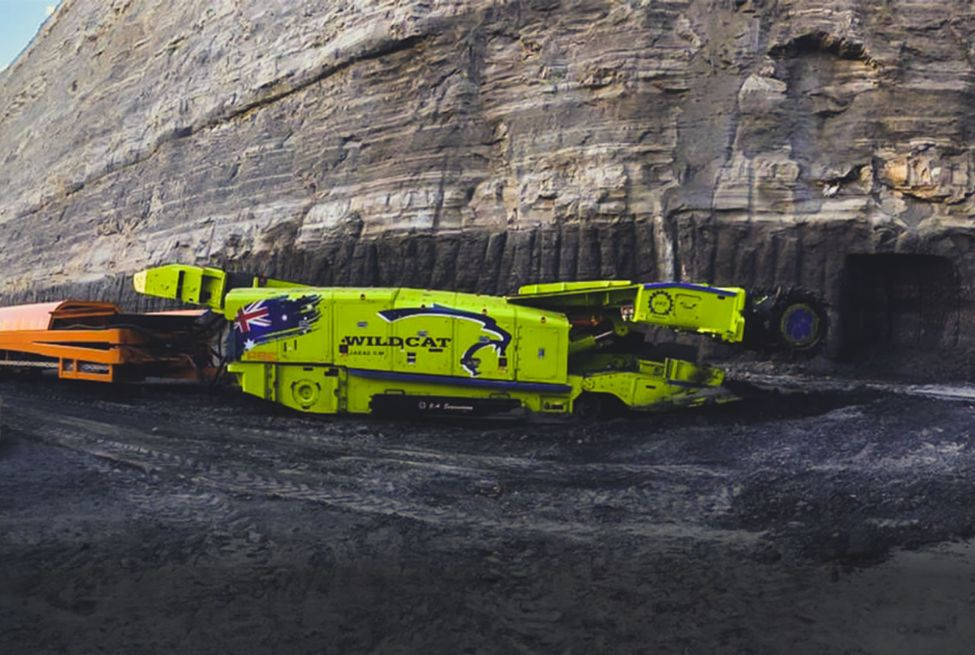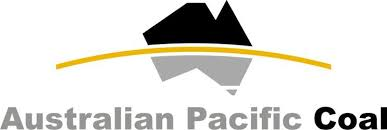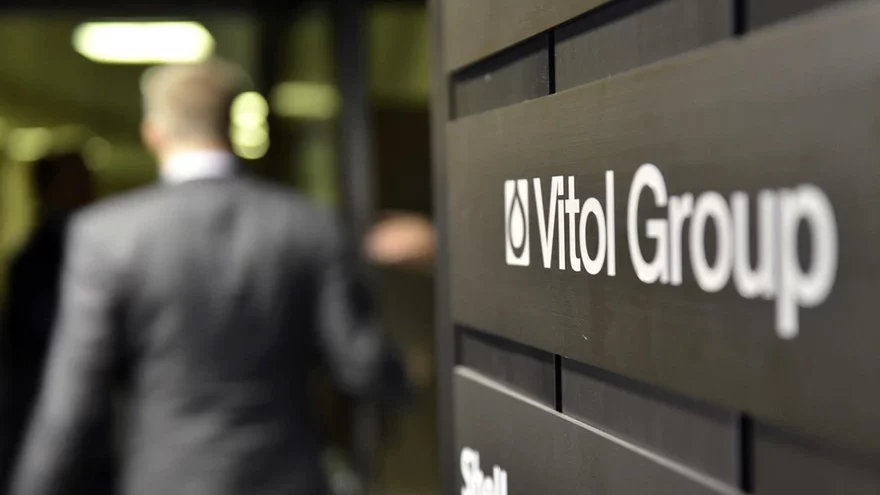The Dartbrook coal mine has been placed into voluntary administration and receivership after failing to meet loan obligations totalling $US113.6 million (A$175 million) to Vitol Asia.
The mine, operated by Dartbrook Operations, a subsidiary of Australian Pacific Coal (AQC), is located in New South Wales’ Hunter Valley coal mining region. It operates as an 80:20 joint venture between Australian Pacific Coal and Tetra Resources.
The company confirmed the mine had entered administration late last week. Deloitte’s Richard Hughes and Timothy Heenan were appointed as voluntary administrators of Dartbrook Operations.

What triggered Dartbrook’s collapse?
The financial crisis stems from Dartbrook’s inability to repay a senior secured debt facility issued by Vitol Asia.
As a result, Vitol exercised its rights as a secured creditor, appointing Benjamin Campbell and David McGrath of FTI Consulting as receivers and managers of the mine.
FTI Consulting has assumed control of Dartbrook’s assets and is responsible for ongoing operations and creditor negotiations.
Australian Pacific Coal concedes zero equity value
Following the appointment of receivers, Australian Pacific Coal stated it expects no return from its stake in the mine.
“With receivers appointed to all assets and the size of the secured debt, no value remains,” the company stated.
The statement effectively ends AQC’s stake in Dartbrook, which had only resumed operations in late 2024.

AQC declares zero value in the Dartbrook stake.
Will Dartbrook mine operations continue?
Despite the financial setback, the mine will continue producing thermal coal, primarily used for electricity generation.
FTI’s Benjamin Campbell said operations would continue during the receivership process while long-term options are assessed.
“We intend to maintain production and work with stakeholders,” Campbell said in a statement on Friday.
The approach aims to stabilise the site, preserve jobs, and explore opportunities for recapitalisation or asset sale.
What role does Vitol Asia play?
Vitol Asia, a major global commodities trader, served as the mine’s senior lender through a secured facility.
The loan to Dartbrook enabled its 2024 restart, but rising debt levels ultimately made repayment unviable.
Under Australian insolvency law, Vitol’s appointment of FTI Consulting receivers Dartbrook allows it to recover secured assets.

Vitol Asia was Dartbrook’s senior secured lender.
How does this impact Hunter Valley coal mining?
Dartbrook’s financial collapse marks another blow for the Hunter Valley coal mining sector, facing capital pressures and market shifts.
It raises concerns about mid-tier operators with high debt loads and uncertain thermal coal demand in a transitioning economy.
Industry analysts suggest increased lender scrutiny may follow, particularly for projects with offshore debt exposure.
Can Dartbrook Recover from Administration?
That remains uncertain. Any recovery depends on renegotiating debt terms, selling the mine, or attracting new investment. Industry experts suggest Dartbrook’s future may hinge on coal market conditions and creditor willingness to restructure.
The current arrangement gives receivers broad authority to restructure or liquidate based on strategic assessments. For now, Dartbrook coal mine continues to operate, but its long-term survival remains in doubt.
Also Read: RBA Meeting Expected to Deliver Third Interest Rate Cut, But Not Everyone’s Convinced
Dartbrook’s Collapse Signals Broader Coal Industry Pressures
The collapse of the Dartbrook coal mine underscores growing financial pressures in Australia’s coal mining industry. Despite recent operational restarts, heavy debts and volatile energy markets have left some assets highly vulnerable.
The default on the Vitol Asia debt facility has wiped out shareholder value and handed control to external receivers. Though operations continue, the mine’s future now lies in the hands of FTI Consulting and its creditors.
This event also reflects broader themes across the sector: high capital intensity, rising scrutiny from financiers, and uncertain demand. As Australia navigates its energy transition, projects like Dartbrook may struggle to stay solvent under legacy debt loads.
Whether Dartbrook can recover or becomes a cautionary tale, will depend on swift restructuring and favourable market conditions.












